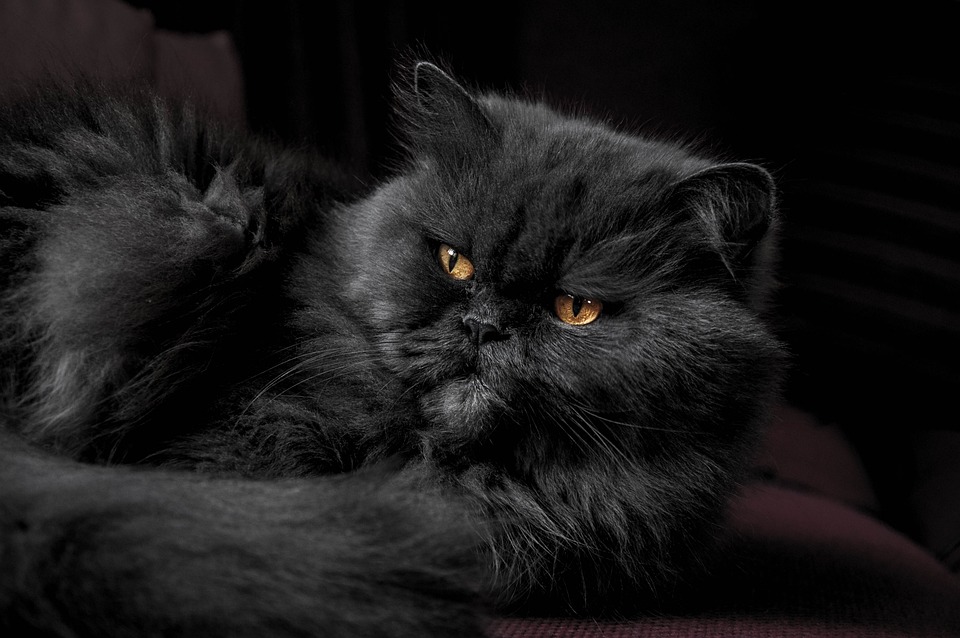Excessive grooming in cats is a behavior that should not be ignored. While grooming is a normal part of a cat’s routine, excessive grooming can indicate an underlying problem that needs attention. In this article, we will explore the dark side of excessive grooming in cats and discuss when it becomes a problem.
Normal cat grooming involves licking their fur, focusing on hard-to-reach areas such as the head, neck, and back. This behavior helps distribute natural oils and remove loose hair, keeping their coat healthy and free from tangles. However, when grooming becomes excessive, it can have negative consequences.
There are several signs to look out for that indicate excessive grooming. Bald patches or areas of thinning fur may appear as a result of constant licking. This excessive grooming can irritate the skin, causing redness, inflammation, or even open sores. Hairballs may also become more frequent and cause discomfort if excessive grooming leads to excessive ingestion of fur. Additionally, cats may become obsessed with grooming, neglecting other activities such as playing, eating, or interacting with their environment. Excessive grooming can also be a sign of underlying stress or anxiety in cats, especially if they display other signs such as hiding, aggression, or changes in appetite.
Understanding the underlying causes of excessive grooming is crucial in addressing the problem effectively. Allergies can be a common cause, as cats can develop allergies to certain foods, environmental factors, or even flea bites, leading to itchiness and excessive grooming. Parasites such as fleas, mites, or other irritants can also cause a cat’s skin to become irritated, prompting excessive grooming as a means of alleviating discomfort. Cats may also develop skin conditions like dermatitis or fungal infections that cause itching and subsequently excessive grooming. Finally, anxiety or stress can also trigger excessive grooming in cats, as they may use grooming as a coping mechanism to deal with emotional triggers.
Prevention of excessive grooming involves identifying and addressing the underlying cause. Regular veterinary check-ups can help identify any potential health issues that may be causing excessive grooming. A balanced diet can also contribute to a healthy coat and minimize the risk of skin issues. Flea prevention is crucial in preventing irritation and excessive grooming caused by parasites. Additionally, providing a stress-free environment for your cat can help reduce anxiety and prevent excessive grooming behaviors.
If you notice excessive grooming accompanied by bald patches, skin irritation, changes in behavior, or frequent hairballs, it is advisable to consult a veterinarian. A professional can provide a proper diagnosis and create a treatment plan tailored to your cat’s specific needs.
In conclusion, while grooming is a natural behavior for cats, excessive grooming can be a cause for concern. Recognizing the signs, understanding the underlying causes, and seeking veterinary guidance can help address the problem effectively and ensure your feline friend’s well-being. By addressing excessive grooming, you can help your cat maintain a healthy coat and overall well-being.








